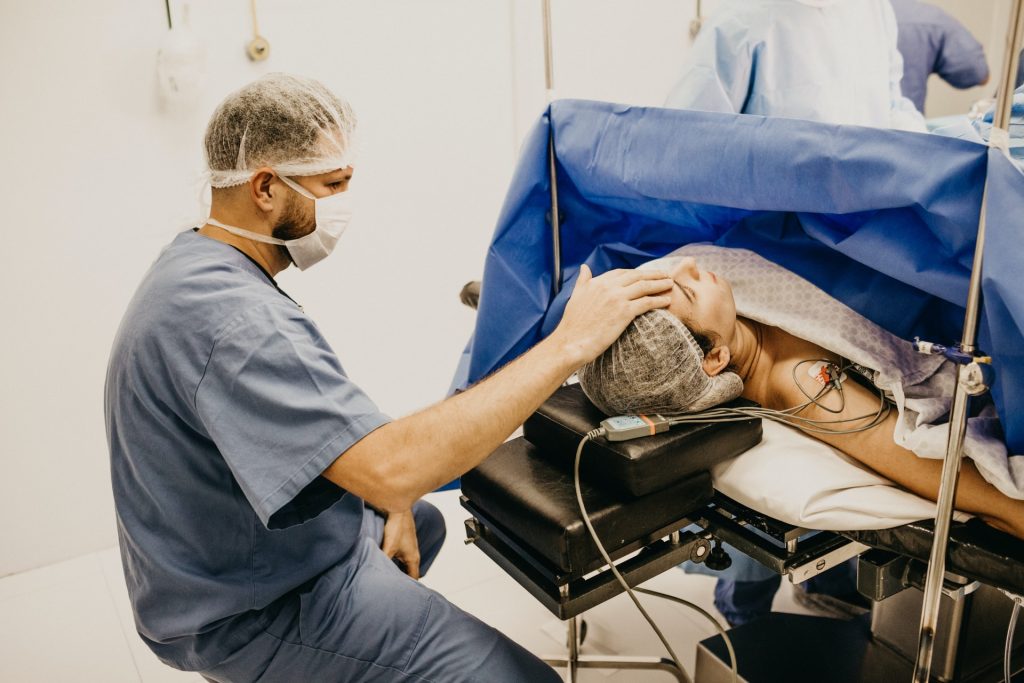Why Does Tamoxifen Work Only for Some Patients but not Others?

A new study has shown that variation in the microbiota of the human gut impacts the pharmacokinetics of tamoxifen and thus the effectiveness of the drug. The finding, published in the journal mBio, suggests that in the future, doctors may use a simple stool test to check for certain bacteria in the gut and help predict tamoxifen’s effectiveness for them.
Tamoxifen is a selective oestrogen receptor modulator used to prevent breast cancer. It prevents breast cancer cells from being able to use oestrogen to grow.
“The key takeaway from this study is that while tamoxifen is a common and important treatment for preventing breast cancer recurrence, nearly 50% of patients don’t respond well to it,” said lead study author Yasmine Alam, a PhD candidate in the Department of Biological Chemistry, University of California Irvine. “Since tamoxifen is taken orally and passes through the gut, this difference in how patients respond may be linked to the gut microbiome – the trillions of bacteria in our intestines, which vary greatly from person to person. Our study aims to better understand how these gut bacteria influence the way tamoxifen is absorbed, broken down and recycled in the body, with the goal of improving treatment outcomes for breast cancer patients.”
In the new study, the researchers set out to define the role that gut microbes play in how tamoxifen is processed (ie, absorption, distribution, metabolism and excretion), given its significant variable efficacy across patients. The researchers provided tamoxifen to mice that had no gut microbiome and to mice with a human microbiome (introduced to the mice by a human faecal sample). They found that mice with gut bacteria had higher amounts of tamoxifen in their bloodstream. The scientists then went on to explore what part of the gut microbiome was responsible for controlling the level of drug in the bloodstream. By examining the faecal samples from people, they linked a specific enzyme in bacteria, beta-glucuronidase, as a key factor that allows the drug to enter the bloodstream.
Tamoxifen is absorbed into the bloodstream from the intestine. Tamoxifen is carried by the bloodstream to the liver, where it is converted to its cancer-fighting form. Sometimes a sugar molecule can get attached to it, which signals the body to dump the cancer-fighting form of the drug back into the intestine. This drug can only get out of the intestine by taking the sugar off the molecule – and the researchers found that beta-glucuronidase in gut bacteria can eat the sugar off the drug so it can go on to fight breast cancer.
“Specifically, we found that certain enzymes produced by gut bacteria, called β-glucuronidase, play a role in how tamoxifen is broken down. These enzymes help recycle tamoxifen back into the bloodstream, which can make the drug more effective,” Alam said. “We discovered that a particular type of bacteria, Bacteroides fragilis, was strongly linked to the ability of these enzymes to affect tamoxifen levels in the blood in a positive way. This suggests that the gut microbiome plays an important role in how tamoxifen works in the body.”
The long-term goal of the study is to pave the way for more tailored and effective therapeutic interventions in the prevention of breast cancer recurrence.






